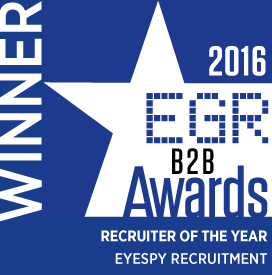

CV Checklist
Your CV should contain all of the key information pertinent to your job application, and someone skim-reading your CV should be able to see all of the key information withina maximum of 20 seconds.
It should fit into two or three pages at most, be articulate and to the point (no waffling). We recommend that your CV should be simply and clearly set out, i.e. no tables, on plain paper, bullet pointed and in Microsoft Word. Avoid using photographs, graphics and logos.

All CVs should include the following information and ideally in the following order;
- Name. Keep this clearly marked at the top of the CV.
- Contact details. Make sure you can be contacted easily, so put all of your contact details (preferably including an email address and mobile phone number) on the front page.
- Nationality. You should also state your eligibility to work if you are not an EU Citizen and type of Visa.
- Profile. A brief summary about you and your abilities.
- Employment history. Ensure there are no unexplained ‘gaps’ in the time periods between each job.
- Key achievements and responsibilities should be included on your CV. Listing every single responsibility will not interest the reader and will reduce the impact of the CV. Remember your CV is an introduction, the interview is when you go into detail about your achievements and responsibilities.
- Your current/most recent employment should be listed first i.e. in reverse chronological order. State the dates of the employment i.e. "March 2000 - to date", current title and employer's name. We suggest you give a brief introduction to the company and identify which division you worked within. If you have held more than one role within the same company ensure that dates are easy to identify.
- Academic qualifications. Put your higher level qualifications first, such as a Masters or Bachelors degree. In you do not specify the classification (or GPA) of your degree on the CV, the reader will usually assume that it is a lower grade.
- Training. Training courses are not regarded in the same way as academic qualifications so there is no need to list every single course you have attended.
- IT Skills. For roles that require advanced technical abilities, such as statistical modelling or development, it is essential that you include relevant data. For example, if you have advanced SAS or SPSS skills ensure this is clearly identified.
- Interests. Give a flavour of your interests rather than an exhaustive list of all your past hobbies. Do not list activities in which you have not participated for several years. Avoid listing subjects that may raise controversy such a membership of a political party.
Once you've written your CV and checked it, run a spell check and then check it again. Mistakes on a CV will immediately put off the reader. Ask someone to read it for you and to tell you what they think.









